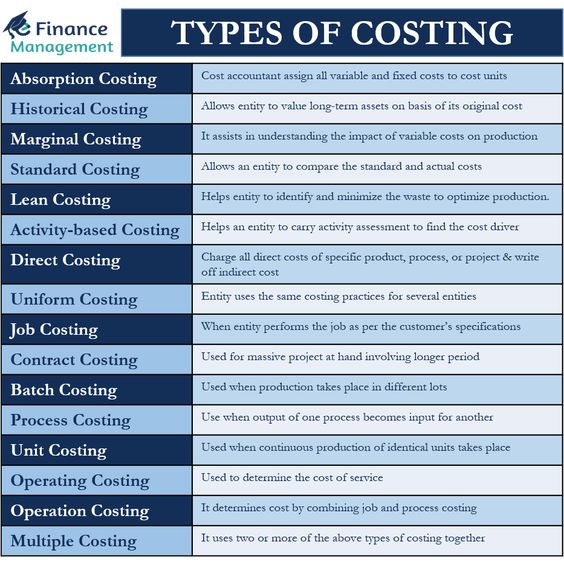Cost estimation is an integral part of any business, project, or venture. It involves predicting expenses for a certain undertaking, which helps in planning and budgeting. There are several types of cost estimation techniques, and each has its unique set of advantages and disadvantages. In this article, we’ll dive into the different types of cost estimation and the benefits of using them.
What is Cost Estimation?
Cost estimation is a forecasting technique used to determine the approximate cost of a project or product. It is an essential element in business decisions, as it allows managers and stakeholders to assess the feasibility of a project or product. Cost estimation can be a challenging process, as it requires analytical skills, attention to detail, and experience.
Types of Cost Estimation
There are four primary types of cost estimation, which are:
1. Analogous Estimating
Analogous estimating is also known as top-down estimating. It involves using historical data from similar projects to predict the cost of the current project. This method relies on experience and intuition to estimate the cost of a project.
2. Parametric Estimating
Parametric estimating involves using mathematical models to predict the cost of a project. This approach uses statistical and historical data to determine the relationship between project parameters and cost.
3. Bottom-Up Estimating
Bottom-up estimating is also known as detailed estimating. It involves breaking the project down into smaller parts and estimating each part’s cost. This method is more accurate than other methods, but it is also more time-consuming.
4. Three-Point Estimating
Three-point estimating involves determining the cost estimate using an optimistic, pessimistic, and most likely scenario. This method is based on the Program Evaluation and Review Technique (PERT), which is commonly used in project planning.
Benefits of Cost Estimation
Cost estimation has several benefits, including:
1. Helps in Decision Making
Cost estimation helps managers and stakeholders make informed decisions by providing an estimate of the project’s overall cost. It mitigates the risks of overrunning the budget and ensures that resources are allocated appropriately.
2. Provides a Baseline
Cost estimation provides a baseline for measuring the project’s progress against its planned objectives. It helps in identifying deviations early on and implementing corrective measures to control the cost and schedule.
3. Enhances Project Planning
Cost estimation helps in developing a realistic project plan by identifying potential bottlenecks and constraints. This allows managers to plan and allocate resources more effectively, ensuring that the project is completed on time and within budget.
4. Facilitates Communication
Cost estimation promotes open communication between stakeholders, facilitating collaboration and consensus-building. By setting clear expectations and communicating the estimated costs, managers can build trust and reduce conflicts.
You might find these FREE courses useful
- Cloud Cost Management: Optimization Strategies
- Optimizing Your Google Cloud Costs
- Budgeting and Scheduling Projects
- Introduction to Budgets in Microsoft Azure Cost
Factors Affecting Cost Estimation
There are several factors that affect the cost estimation process, including:
1. Project Scope
The project scope includes the deliverables, timeline, and resources required to complete the project. A clear understanding of the project scope is crucial for accurate cost estimation.
2. Resource Availability
The availability of resources such as equipment, labor, and materials affects the cost estimation process. If the resources are limited or scarce, costs will be higher.
3. Project Complexity
Complex projects require more detailed cost estimation, which can be time-consuming and challenging. The more complex the project, the higher the risk of cost overruns.
4. Market Conditions
Market conditions such as inflation, supply and demand, and competition impact the cost estimation process. These factors must be considered when calculating the estimated cost of the project.
In conclusion, cost estimation is a critical element in any project, business, or venture. With the different types of cost estimation techniques, businesses can choose the method that suits their project requirements. By understanding the benefits of cost estimation and the factors that affect the process, businesses can make informed decisions and manage their projects successfully.
